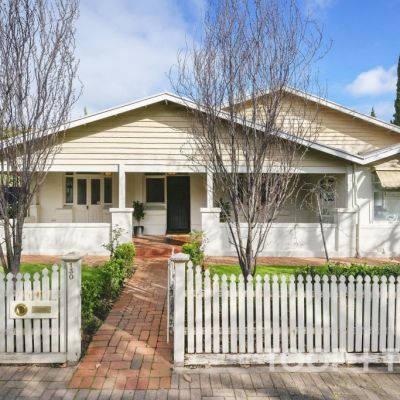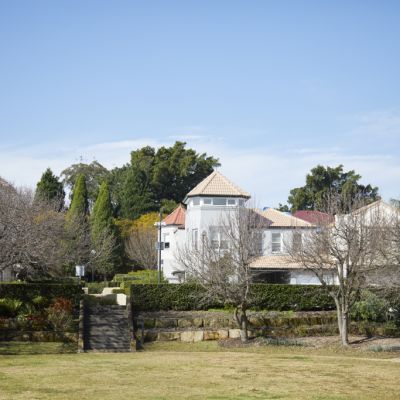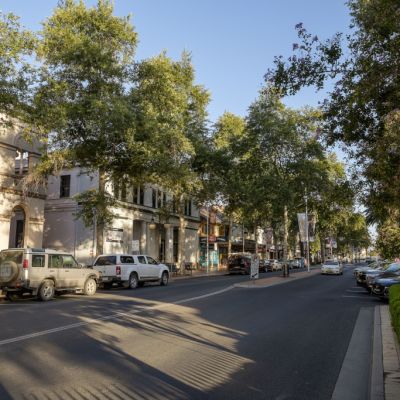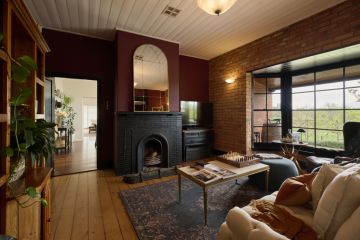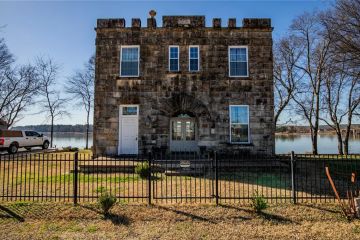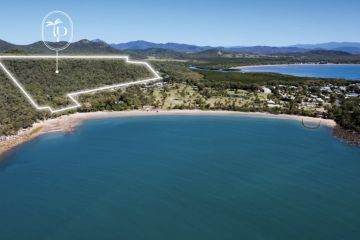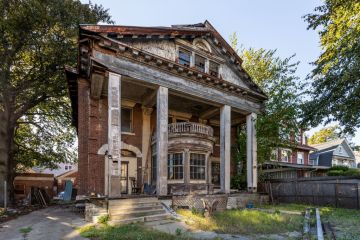Apartment living stacks up for young families
A growing number of Australians are realising that the best way to bypass colossal house prices is to snap up one of the new modern apartments being built in some of Sydney’s most in-demand suburbs.
While building approvals are down, apartment and unit dwellings approvals have remain well above house approvals in June as buyers circle a segment of the market they can afford.
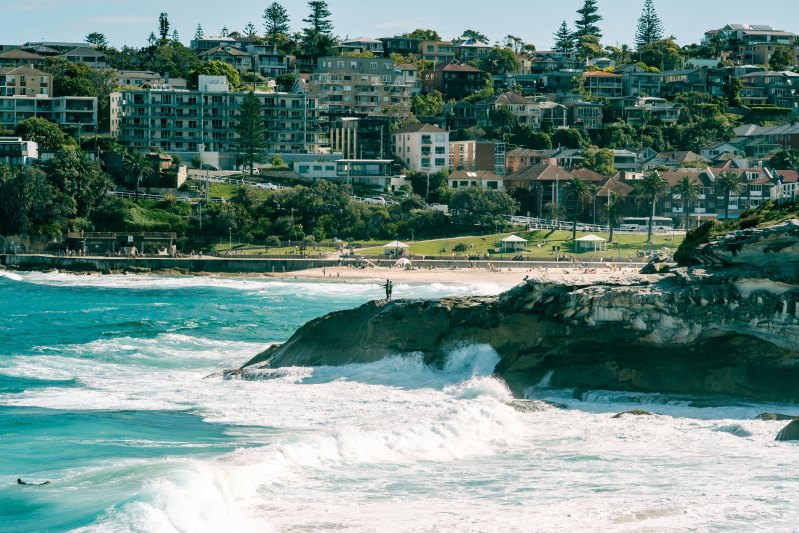
It’s hardly surprising. Australia is battling against the fact that housing supply hasn’t kept up with increases in demand, placing huge upward pressure on house prices and rents. Government figures show that NSW will need approximately 900,000 additional dwellings by 2041.
Housing affordability is at crisis levels in Sydney. The NSW Productivity Commission has warned that the state’s housing affordability problem has been growing for years. Without an urgent response, it may contribute to a decline in Sydney’s status as Australia’s global city.
The problem has forced about 7000 young people to scatter out into the regions of interstate.
Housing done well
Sydney lost twice as many people in the 30 and 40 age bracket as it gained (35,000 came to Sydney, but 70,000 left), forcing governments to take stock and look for a better way forward.
NSW Productivity Commissioner Peter Acherstraat AM said many young families are leaving Sydney because they can’t afford to buy a home. “High housing costs work like a regressive tax, with the burden falling disproportionately on low-income earners,” he says.
The exodus of young talent highlights the need for greater housing density to help make Sydney a more affordable place to live. High density housing done well will help address inequities caused by the current housing shortages.
“We know from overseas that density done well provides benefits for households, communities and the economy, and I’m confident that we can make density work for us,” Acherstraat says.
Luckily, there are developers forging a path forward despite the fact that conditions are less than favourable for them in the hope that pushing to bring affordable high density living that meets the existing needs of market will be a critical part of the solution.
Sydney developer Andrew Hrsto, who founded ALAND more than 20 years ago, designs and builds modern residential apartments. Growing up in Fairfield, he believes that west is best, offering affordable living combined with lifestyle.
ALAND has around 1900 apartments currently under construction and just hitting the market across Schofields, Merrylands, Campbelltown and St Marys. Projects delivered over the last 20 years have been delivered well ahead of the schedule. “I’ve seen a shift in thinking among home buyers as it dawns on them that apartment living solves a host of problems,” he says.
“Better infrastructure means that inner city Sydney is closer than ever, giving homeowners in the West access to a lifestyle like no other just a stone’s throw from the city,” he says.
He wants to see a rethinking how Australian families live. “When you look around the world, apartments are how people do live,” Hrsto says.
“[Buyers] don’t want an older style house that requires costly renovations in the suburbs, trading long commutes for modern conveniences that provide an urban lifestyle. They want communities with communal areas such as playgrounds and protected open space,” he says.
One of the critical decisions enabling ALAND to maintain its housing delivery record ahead of time has been the move to ensure internal teams handle every single element of the build and fit-out. “Outsourcing aspects of the project is where developments fall behind because they are no longer in charge of their schedule,” Hrsto says.
Master Builders of Australia chief executive Denita Wawn wants to see governments do more to get construction activity moving upwards, warning that some in government ‘have left the handbrake on’.
“The hurdles are clear to everyone, approval delays, tradie shortages, material cost inflation, out of touch industrial relations changes, inefficient regulation and more.
“We’re beginning to sound like a broken record, but the situation is critical. If we don’t clear the obstacles stopping builders from getting on with the job, we won’t have any hope of reaching the 1.2 million new home target by 2029.
“The community is crying out for more housing supply, but if we don’t urgently clear the way for builders to get on with the job, demand will continue to dwarf supply, and Australians will continue to feel the impacts of the housing crisis.”
States
Capital Cities
Capital Cities - Rentals
Popular Areas
Allhomes
More
